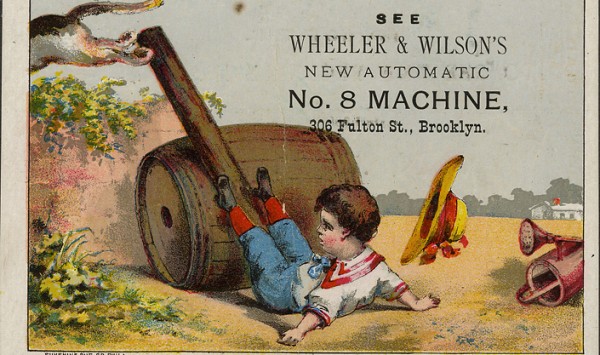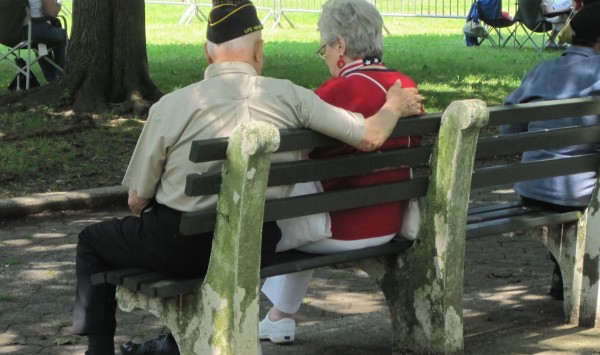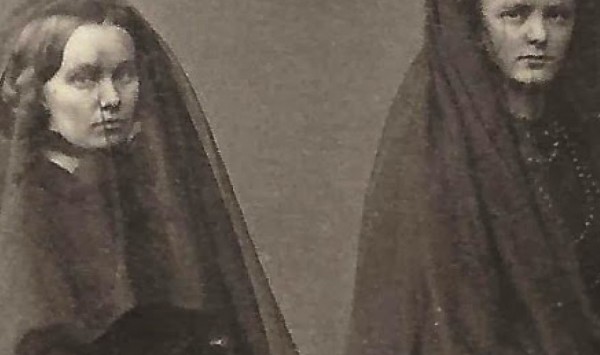THE NO. 8 MACHINE OF FULTON STREET (1876)

The No. 8 Machine. Such a romantic honorific. The name literally rolled off the tongue and dazzled the listener with the rhythm of its mellifluousness and style… OK. I won’t lie. It really wasn’t the sexiest of names. It sounds like a government-designed and -built outhouse. And it smells just as bad. Buyers of sewing machine back in the late 1800s, though, were really not shopping for a sexy name. They were looking for dependability and speed. Stylish sewing machines, then, were like the hotrods of the day for garment producers. Just as for the marketers of the 20th century’s Mark VI or Chrysler 300, or even the Mercedes 190-E, present-day automobile manufacturers always knew that that they “had” their buyers with their brand. They didn’t need a sexy name for their cars. They simply had to tack on the latest model number to their speed machines to let their faithful customers know that it was a new year and that they were once again out of style and out of step with the times. One of the producers of the 19th century speedster sewing machines was the Wheeler & Wilson Company. Their hotrod was the No. 8. SELLING THE NO. 8 And so with the graceful design and the smooth functioning of their No. 8 Machine, Wheeler and Wilson’s creation was on the tongues of many a manufacturer. Garment designers and clothing manufacturers literally felt something move within their hearts when they heard the No. 8 name. Wheeler and […]
CELEBRATING DECORATION DAY (1868)

What we know today as Memorial Day was originally called Decoration Day starting in 1868 after the Civil War. It was a day created to memorialize those veterans who had made the ultimate sacrifice for their country, both North and South. Citizens would spend the day at the local cemetery placing small flags, bunches of flowers, and other remembrances on the graves of the deceased veterans, expending the remainder of the day picnicking with the whole family in the peaceful setting. We’re planning on celebrating the lives of those military men and women who gave their lives in the performance of their duties, as well as all those who have served, and those who currently serve. However you spend it, remember to contemplate the sacrifices made by those who came before us and who volunteered their services to make this country better. Happy Memorial Day! And remember to thank a veteran! – The Brownstone Detectives – Follow @BrownstoneDetec ———————————————————————————————————————– The Brownstone Detectives The story you just read was composed from historical research performed by The Brownstone Detectives. Allow us to do an in-depth investigation of your house and its former owners and produce your very own House History Book. Your hardbound coffee table book will include an illustrated and colorful narrative timeline that will bring the history of your house to life. Contact us today.
BROOKLYN MORTALITZ (1863)

******************************************************************************************************************************** Brownstone Detectives investigates the history of our clients’ homes. The story you are about to read was composed from research conducted in the course of one of those investigations. Do you know the history of YOUR house? ******************************************************************************************************************************** In the summer of 1863, an average of 89 Brooklyn infants were dying each week of cholera infantum. Otherwise known as “summer complaint,” it was a sort of prostrating gastroenteritis that affected infants during hot weather. Just as cholera was characterized, the version for infants was associated with “vomiting, profuse watery diarrhea, fever, prostration, and collapse.” There were all sorts of “cures” sold to the public by quacks looking to get rich. One was “Mrs. Hayes’ Dysentery Syrup,” which promised that for “the cure of cholera infantum” it has no equal.” As the field was unregulated, though, most “cures” consisted of sugary water compounds which gave much hope but little else. Brooklynites, though, were also dying of other maladies that week, most notably “consumption (16), congestion of the brain (13), convulsions 913), marasmus (12), scarlet fever (7), hydrocephalus (7), inflammation of the lungs (5), diarrhoea (7), drowned (5), &c.” That week 177 people died within the city, “of which 58 were adults, 124 children; males, 89; females, 88; colored persons, 3.” Among the various “Nativities,” these mortalities affected citizens of “U.S., 142; Ireland, 18; Germany, 8; Scotland, 3; England, 2; British America, 2; Unknown, 2.” Not surprisingly, death was more of a part of life back then and people took it […]